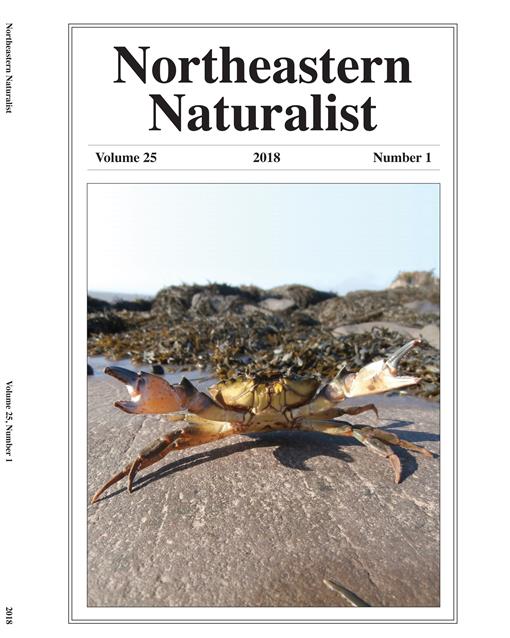Since the arrival of Pilgrims in 1620, Morone saxatilis (Striped Bass) has been an important commercial fish species for residents of Massachusetts. Early attempts by the Plymouth Colony to develop fishery commerce by selling Striped Bass products to Spain failed. Viable domestic markets for Striped Bass were established by the 18th century and continue to present day. Application of laws to control the commercial harvest of Striped Bass to address local declines in abundance first appeared in the Massachusetts Acts and Resolves in the late 18th century, and most laws restricted the taking of Striped Bass by seines. In 1945, a temporary Massachusetts law prohibiting the taking of Striped Bass by any method other than hook-and-line was made permanent. More-restrictive size and quota regulations were not imposed until the early 1980s as inter-state conservation efforts responded to the declining trends in coastal stocks. In present day, the Striped Bass commercial fishery in Massachusetts is regulated by minimum size and quotas established under the Atlantic States Marine Fisheries Commission's Striped Bass Management Plan and by state no-take days and daily bag limits.
How to translate text using browser tools
1 March 2018
Historical Review of Commercial Fishery Regulations for Striped Bass (Morone saxatilis Walbaum) in Massachusetts
Gary A. Nelson
ACCESS THE FULL ARTICLE

Northeastern Naturalist
Vol. 25 • No. 1
March 2018
Vol. 25 • No. 1
March 2018




